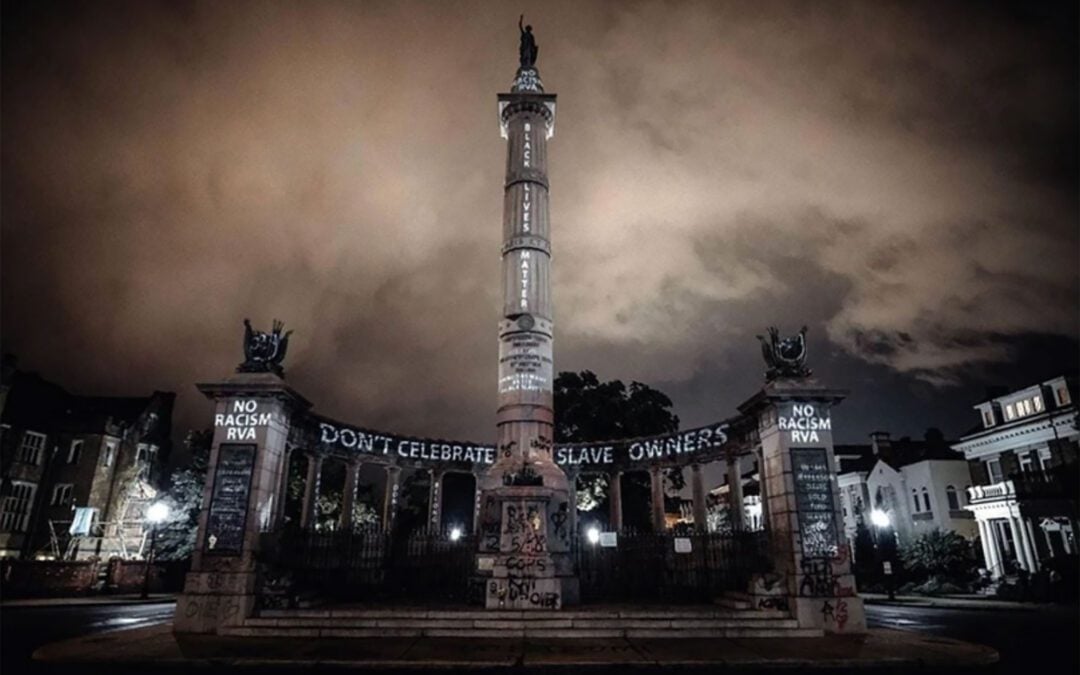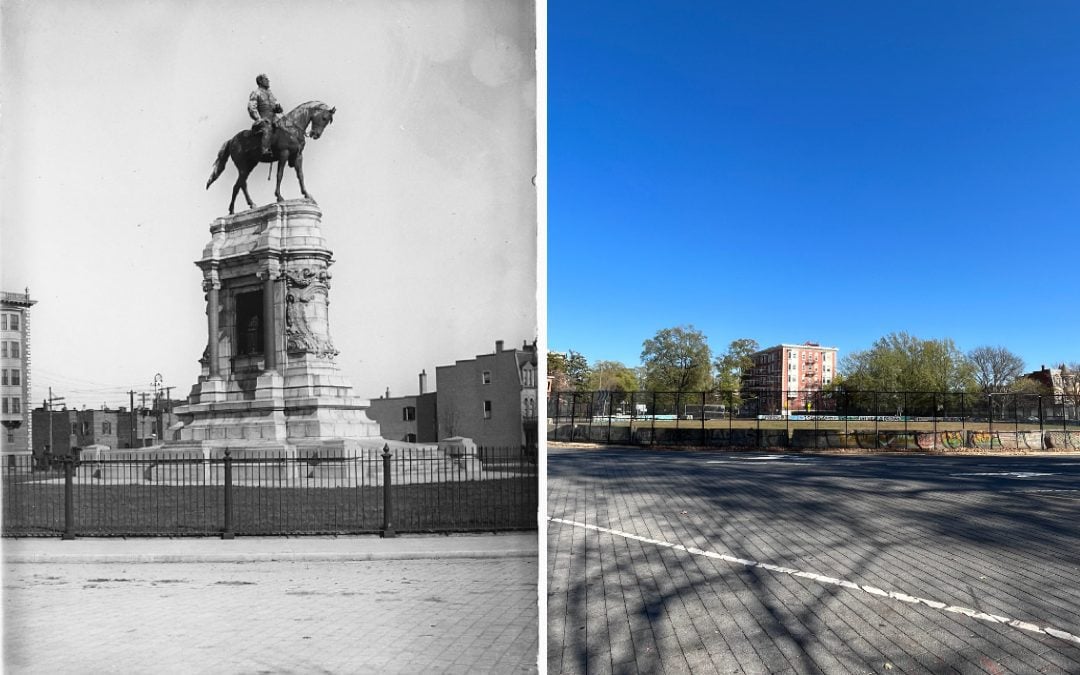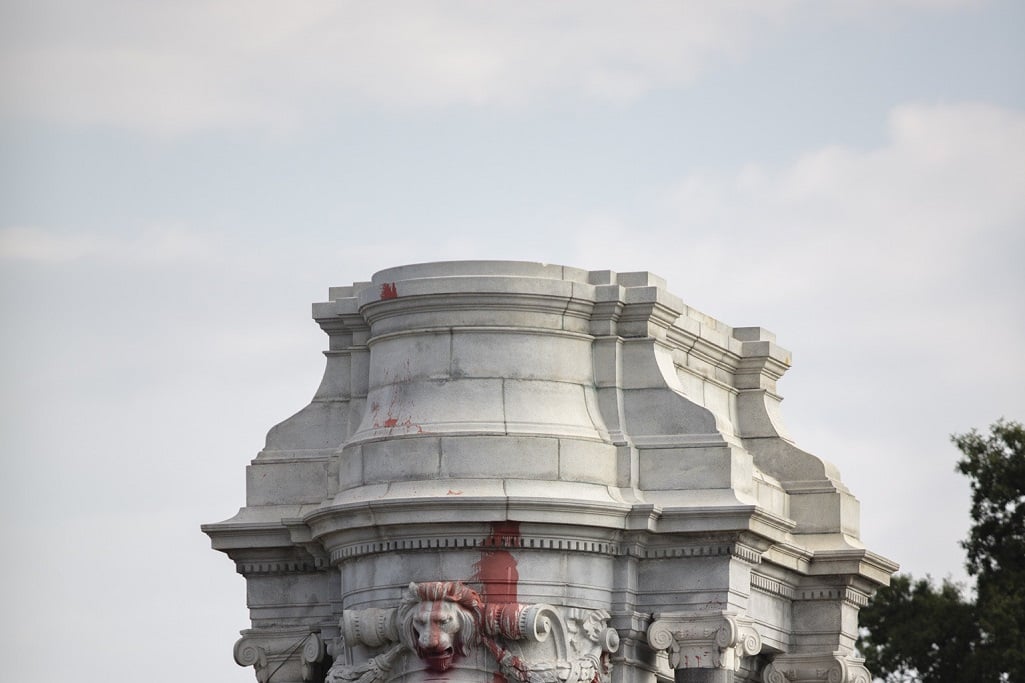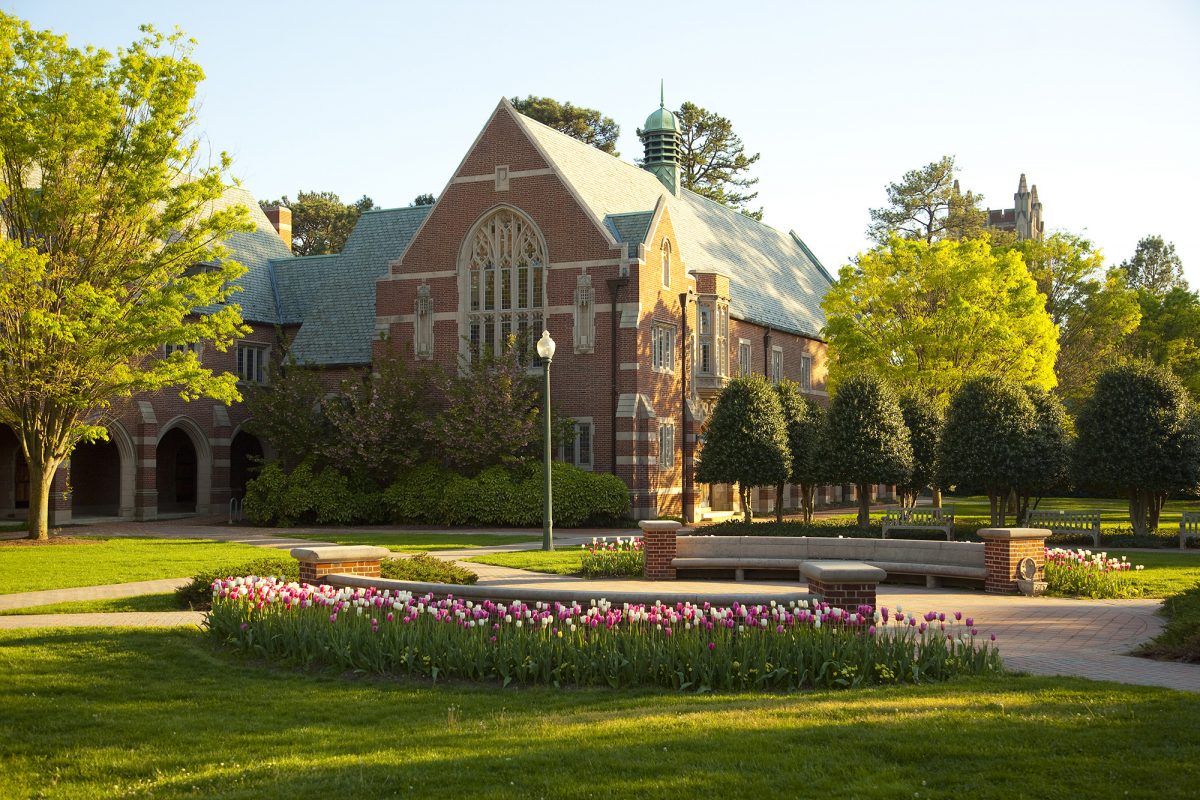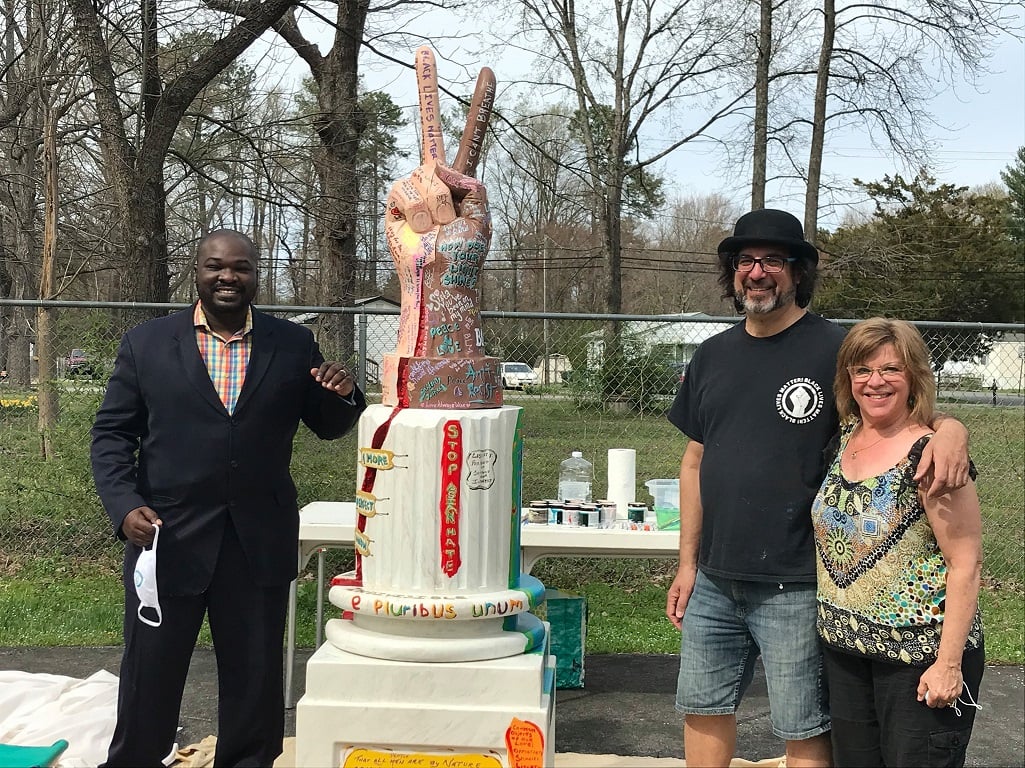In this in-depth discussion conducted by filmmaker and educator Todd Raviotta for RVA Magazine, Alec Cirqui, one of the minds behind Reclaiming the Monument, sheds light on the transformative power of art and the pursuit of social justice. Born in the wake of the...
